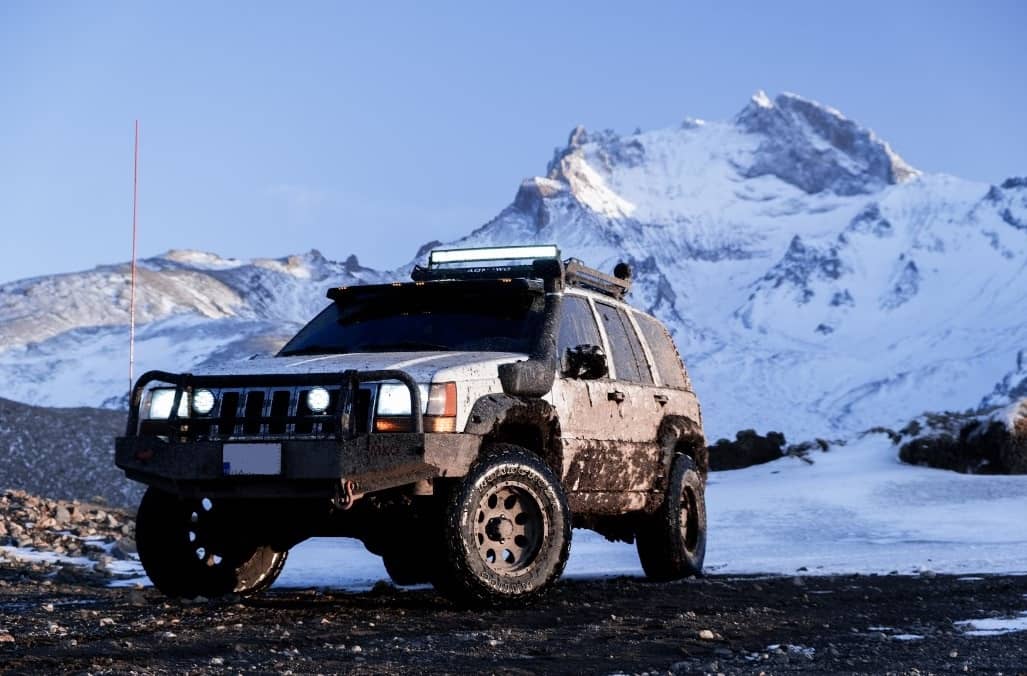Your Jeep is more than just a vehicle; it’s a companion on your off-road adventures, and its engine plays a pivotal role in ensuring those adventures go smoothly. Overheating can quickly turn your exciting journey into a frustrating experience. To avoid this, it’s crucial to upgrade your Jeep’s engine cooling system. In this comprehensive guide, we’ll walk you through everything you need to know about upgrading your Jeep’s engine cooling system, from the basics to advanced tips. Let’s get started!
How to Upgrade Your Jeep’s Engine Cooling System
Upgrading your Jeep’s engine cooling system may seem like a daunting task, but with the right guidance, it can be a manageable and rewarding project. Here’s a step-by-step breakdown of how to upgrade your Jeep’s engine cooling system:
1. Assess Your Current Cooling System
Before diving into any upgrades, it’s essential to assess the current state of your Jeep’s cooling system. Check for leaks, damaged hoses, and any signs of wear and tear. Understanding your starting point is crucial for planning the necessary upgrades.
2. Choose the Best Radiator for Jeep XJ
The radiator is the heart of your cooling system. Consider upgrading to the best high-performance radiator for Jeep XJ that can handle the demands of off-roading. Opt for aluminum radiators, as they dissipate heat more effectively than traditional ones.
3. Upgrade Your Water Pump
A high-flow water pump can significantly improve your cooling system’s efficiency. Look for one that’s designed for your Jeep’s engine model to ensure compatibility.
4. Install a Quality Thermostat
A thermostat regulates your engine’s operating temperature. Upgrading to a quality, high-temperature thermostat can help maintain optimal cooling performance, especially in extreme conditions.
5. Opt for Electric Fans
Mechanical fans are prone to inefficiencies and can rob your engine of power. Electric fans are a more efficient alternative. They can be controlled to activate when needed, reducing strain on the engine.
6. Upgrade Hoses and Belts
Replace old and worn-out hoses and belts with high-quality, heat-resistant alternatives. This ensures that your cooling system remains reliable even under harsh conditions.
7. Add a Coolant Overflow Tank
An overflow tank prevents coolant loss during high-temperature situations, maintaining the right fluid levels in your cooling system. It’s a small but essential addition.
8. Use High-Quality Coolant
Invest in a high-performance coolant that can withstand extreme temperatures and provide efficient heat transfer. Coolant with anti-corrosion properties will also protect your engine components.
9. Regular Maintenance
After upgrading your cooling system, don’t forget about regular maintenance. Check for leaks, inspect hoses, and keep an eye on your coolant levels to ensure everything is in top condition.
10. Monitor Your Engine Temperature
Invest in an engine temperature monitoring system. This allows you to keep a close watch on your engine’s temperature and make adjustments as necessary during your off-road adventures.
11. Test Your Upgrades
Before embarking on a long off-road trip, it’s a good practice to test your cooling system upgrades in controlled conditions to ensure they perform as expected.
12. Seek Professional Assistance
If you’re unsure about any aspect of upgrading your cooling system, it’s always wise to consult with a professional mechanic or a Jeep specialist.
FAQs (Frequently Asked Questions)
Can I upgrade my Jeep’s cooling system on my own?
While some upgrades can be DIY projects, others may require professional assistance. It depends on your mechanical skills and the complexity of the upgrades you plan to make.
How often should I replace my Jeep’s coolant?
It’s recommended to replace your coolant every two years or as specified in your Jeep’s owner’s manual. Regularly check the coolant level and quality in between replacements.
What are the signs of an overheating engine?
Common signs include rising engine temperature, steam or smoke coming from the engine bay, and dashboard warning lights. If you notice any of these, pull over and let your engine cool down.
Can I use regular tap water instead of distilled water for my coolant mixture?
It’s not advisable to use tap water due to impurities and minerals. Distilled water is a better choice, as it prevents mineral buildup in your cooling system.
How do I bleed air from my cooling system after upgrades
To remove air bubbles from your cooling system, park your Jeep on an incline with the radiator cap off and the front end elevated. Start the engine and let it run until the thermostat opens, then top up the coolant as needed.
What are the benefits of upgrading my Jeep’s engine cooling system?
Upgrading your cooling system enhances your engine’s performance, prevents overheating, and prolongs its lifespan, ensuring a more enjoyable and reliable off-roading experience.
Conclusion
Your Jeep’s engine cooling system is a critical component that can make or break your off-road adventures. By following the steps outlined in this guide and staying on top of maintenance, you’ll ensure that your Jeep stays cool and reliable on even the most challenging terrains. Upgrade your Jeep’s engine cooling system today and hit the trails with confidence!





